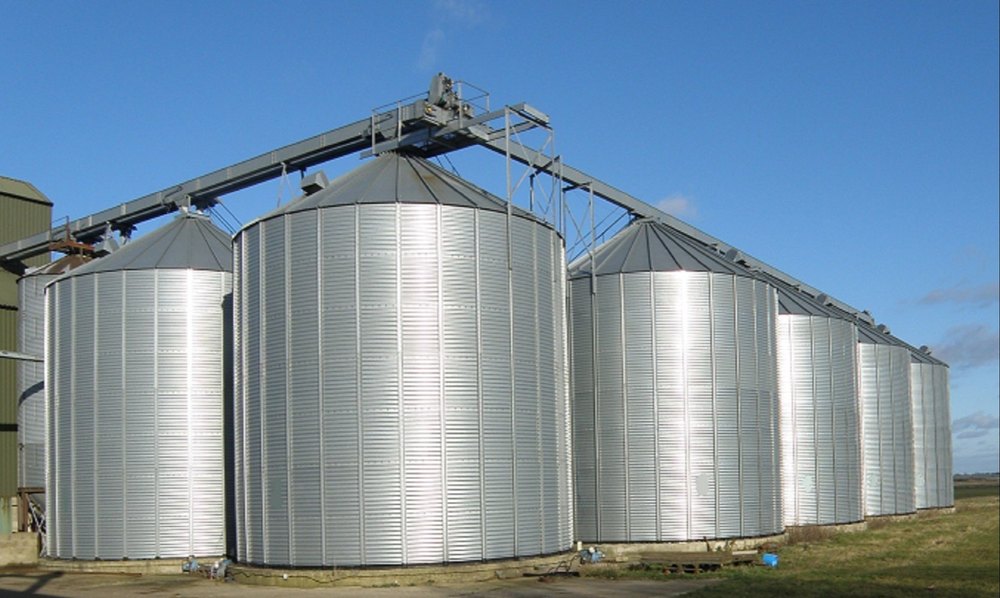
What is a Storage Tank? Functions, Materials, and Safety
A storage tank is a container, typically large, used to store various types of liquids, gasses, and sometimes solids. These tanks can be found in many different industries such as oil and gas, chemical manufacturing, water supply, and agriculture. Their primary purpose is to hold a substantial amount of material in a controlled environment — be it under pressure, at a specific temperature, or within certain chemical conditions — to ensure that these materials are available in sufficient quantity and appropriate quality when needed.
All Products
How can we help you?
Contact us at the Consulting WP office nearest to you or submit a business inquiry online.
The Key Functions of Storage Tanks
Storage tanks serve multiple critical functions:
-
- Storage and Conservation: They provide a way to hold large volumes of material until needed, reducing losses that might occur through evaporation or spillage. This allows for efficient inventory management, ensuring a steady supply of materials for ongoing operations without shortages.
- Mixing and Blending: Certain tanks are designed for mixing or blending different liquids or gasses to create specific formulations.
- Transportation: Portable storage tanks are used to transport liquids or gasses over short distances.
- Safety and Compliance: Proper storage of hazardous materials helps in complying with safety and environmental regulations.
- Buffering: Tanks can act as buffers between the production and the consumption rates, smoothing out fluctuations in demand and supply.
Types of Storage Tanks
In various industries like oil and gas, petrochemicals, water treatment, and food processing, storage tanks play a vital role in securely storing substances. These tanks come in different types, each tailored to specific storage needs. Here is a more detailed overview of the various types of storage tanks:
- Fixed Roof Tanks: These tanks have a stationary roof, often cone or dome-shaped, and are designed for storing liquids with low vapor pressures. They are commonly used for storing crude oil, refined petroleum products, and water.
- Floating Roof Tanks: Equipped with a floating roof that adjusts with the liquid level, reducing vapor space and evaporation losses. There are two types of floating tanks which are External Floating Roof Tank (EFR) and Internal Floating Roof Tank (IFR). They are suitable for liquids with higher vapor pressures like gasoline and diesel fuel.
- Horizontal Tanks: Tanks oriented horizontally, ideal for storing liquids with low vapor pressures such as water and chemicals. They are space-efficient and commonly used when space is limited.
- Pressure Tanks (High-Pressure Vessels): Designed to store liquids or gasses at high pressures, typically cylindrical with a robust wall to withstand pressure. Widely used in industries like chemicals, petrochemicals, and power generation.
- Vertical Tanks: Tanks with a vertical orientation, are commonly used for storing liquids with low vapor pressures like water and chemicals. They are space-saving and preferred when the ground area is limited.
- LNG Tanks: Specialized tanks for storing liquefied natural gas at extremely low temperatures around -160°C. These tanks are often spherical or cylindrical, insulated to maintain low temperatures, and crucial in the natural gas industry for LNG storage and transportation.
Each type of storage tank serves specific purposes and must be selected based on factors like the stored substance’s characteristics, volume, pressure, temperature requirements, and safety considerations. Choosing the right tank is essential to ensure efficient and safe storage practices in various industries.
Related Products














